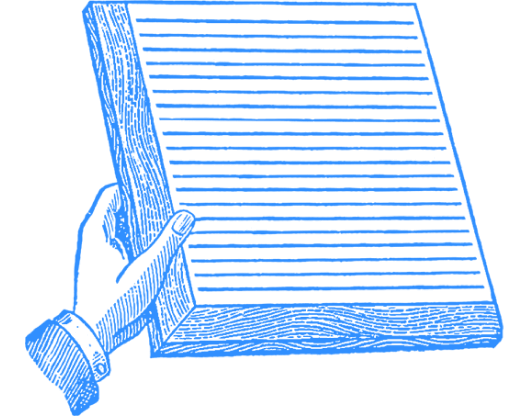
President Obama has made passage of an expensive new entitlement to health insurance his top legislative priority this year even as it has become abundantly clear that his fiscal policy is driving the country headlong toward a crisis.
In June, the Congressional Budget Office (CBO) took another, more complete look at President Obama’s budget plan and found the following: a $2.7 trillion spending increase over ten years, not counting the full costs of a health-care plan; annual deficits exceeding $600 billion every year — and rising as the years pass; a cumulative ten-year budget deficit of $9.1 trillion; and $17 trillion in government debt at the end of 2019.
And that might be the rosy scenario.
For starters, there are the budgetary risks associated with Obamacare. It’s all but certain to have additional deficit spending in its early years, which is why the president wants to change the traditional budget rules and require a deficit-neutral bill only over a full decade. That means all of the “financing” can be back-loaded, and later pushed back again. Sort of the “glad to pay you Tuesday for a hamburger today” version of budget discipline. Moreover, CBO has already estimated that the cost of the new health-insurance entitlement program in the Kennedy-Dodd legislation would rise very rapidly — 6.7 percent per year — when fully implemented. So even if the bill is “financed” over ten years, over the longer run, it will add to the massive unfunded liabilities associated with Medicare and Medicaid.
Then there’s the interest rate assumptions used to make the ten-year projections. Many forecasters, including CBO, use rather benign assumptions of where real interest rates are headed because the economy is expected to remain soft for some time. But what if the flood of government debt leads some important lenders to demand higher returns?
Yesterday, CBO provided some illuminating projections of what would happen under just such scenarios. For instance, if interest rates on government debt in the coming decade roughly tracked the experience of the 1980’s, the Obama budget plan would run entirely off the rails in very short order. By 2014, the annual deficit would exceed $1.1 trillion, and it would cross $2 trillion in 2019. Over ten years, the higher interest rates alone would force the government to borrow an additional $5 trillion, with the nation’s debt topping $22 trillion at the end of the decade — or more than 100 percent of GDP.
But even if interest rates followed a path closer to what the latest Blue Chip forecasts indicate, the nation’s debt will still rise more rapidly than CBO’s base assumption would indicate. Instead of $17.1 trillion of debt at the end of 2019, it would be $18.3 trillion. And the deficit in 2019 alone would exceed $1.3 trillion.
The Obama administration is pursuing a reverse of the “starve-the-beast” strategy. Pile on spending and new programs in the current recession, and then, after the fact, push for the mother of all tax increases as the only way to defuse the ticking time bomb of runaway government debt. Fortunately, the public is beginning to stir. They have seen spend-and-tax before, and it’s not what they thought they were voting for in November.
